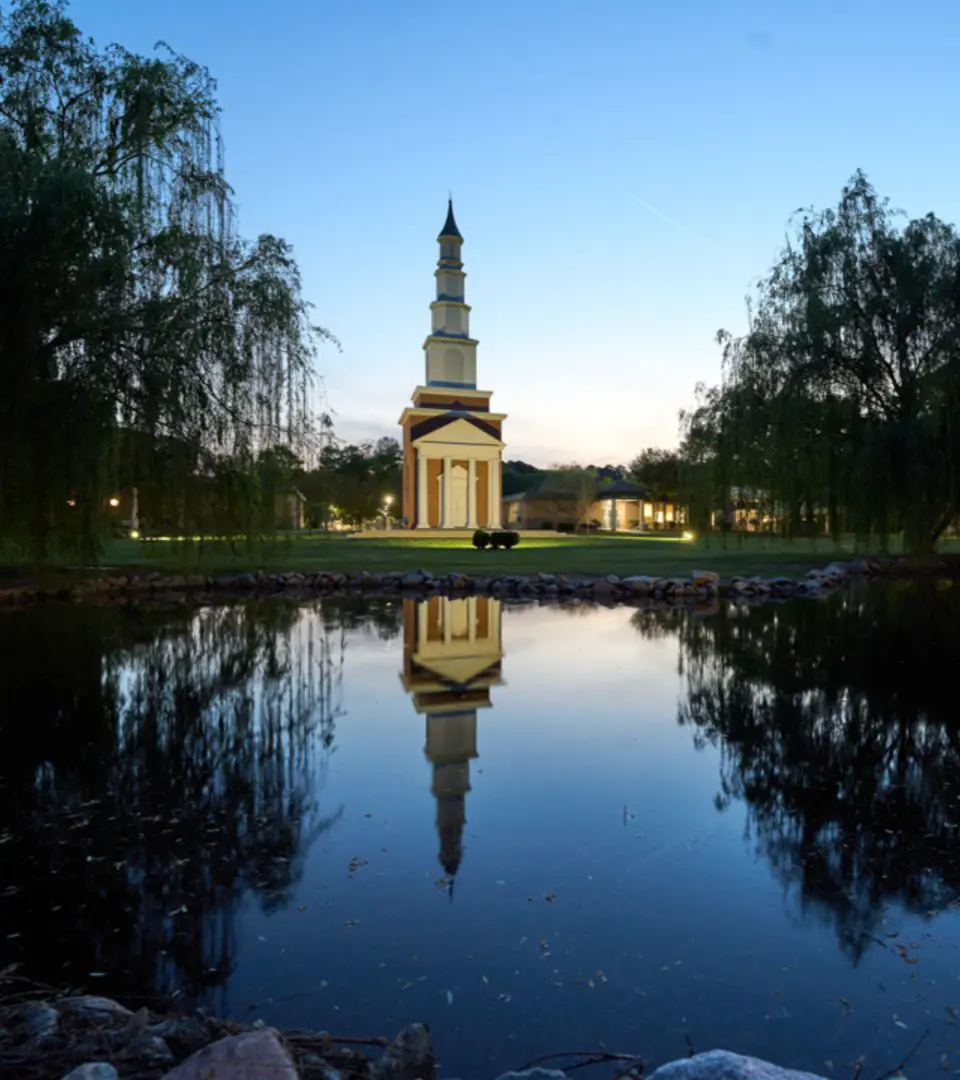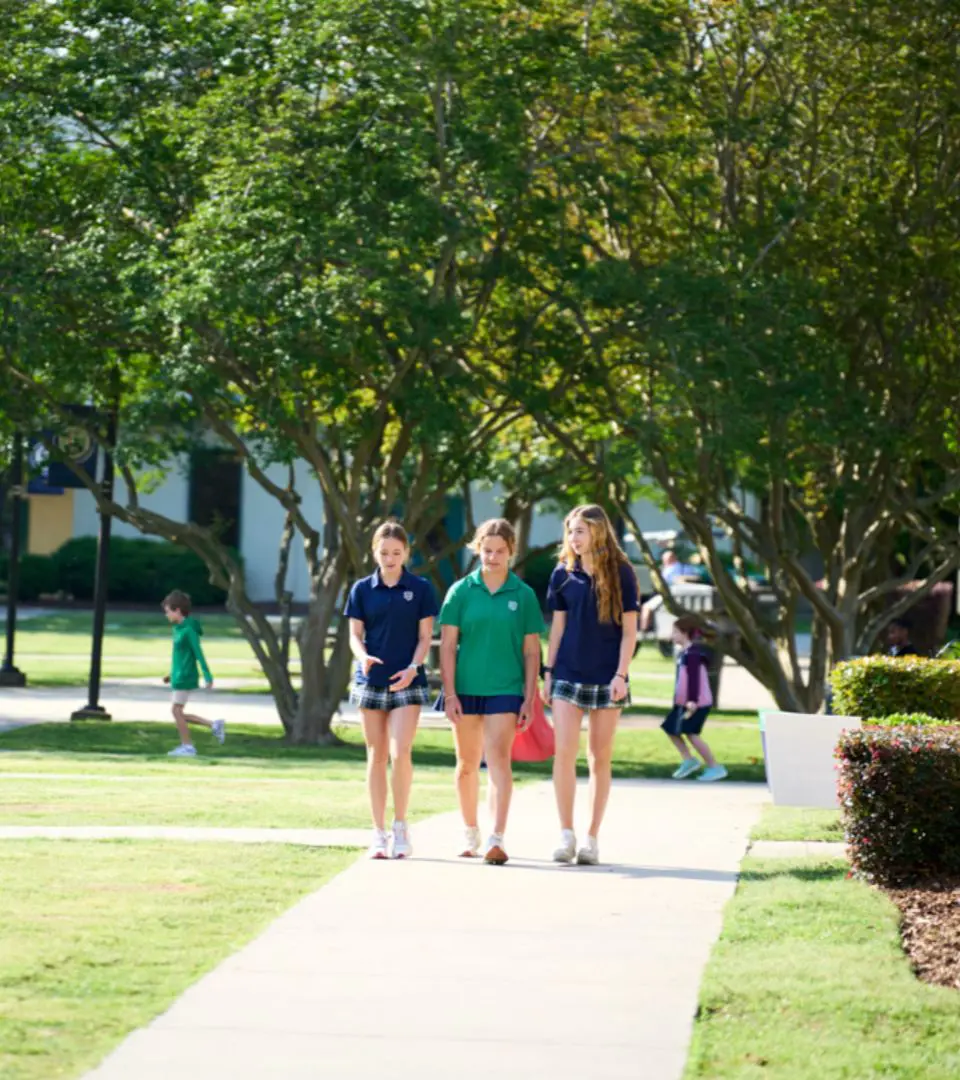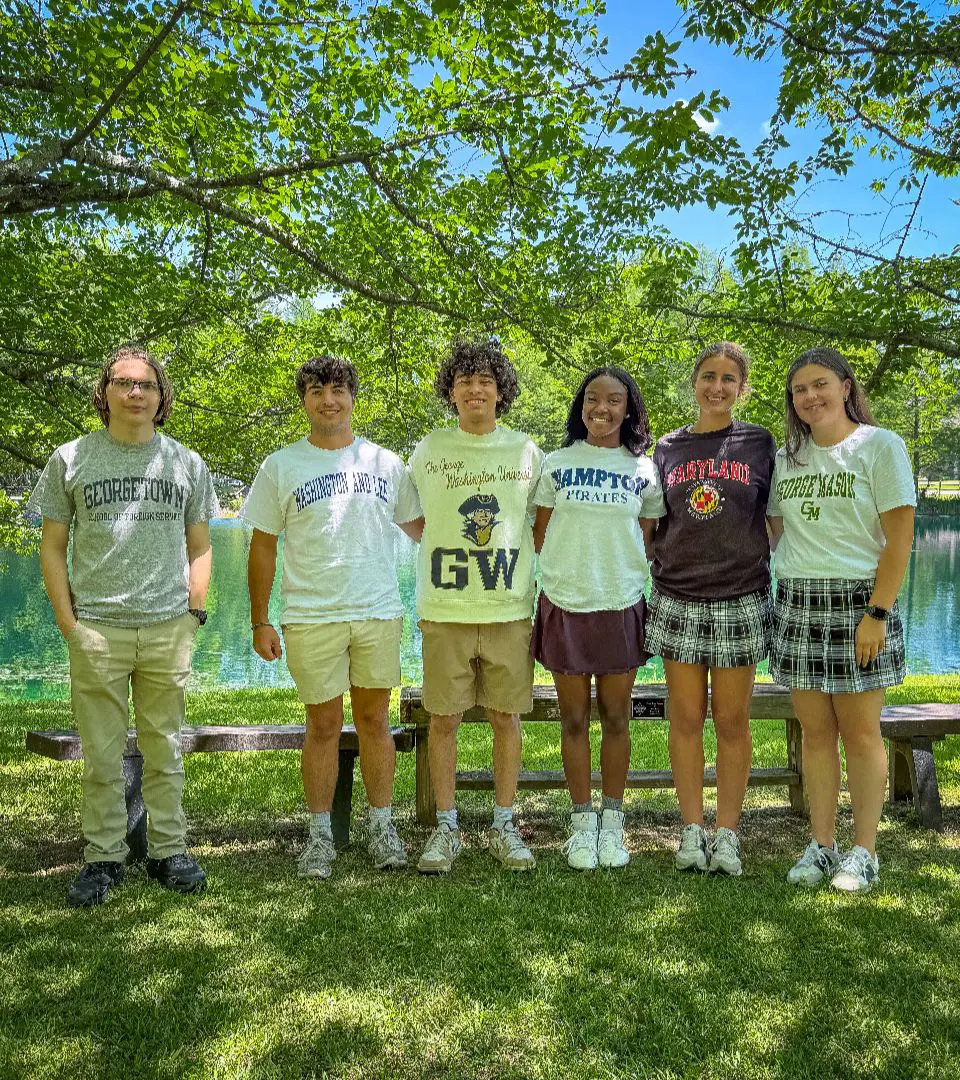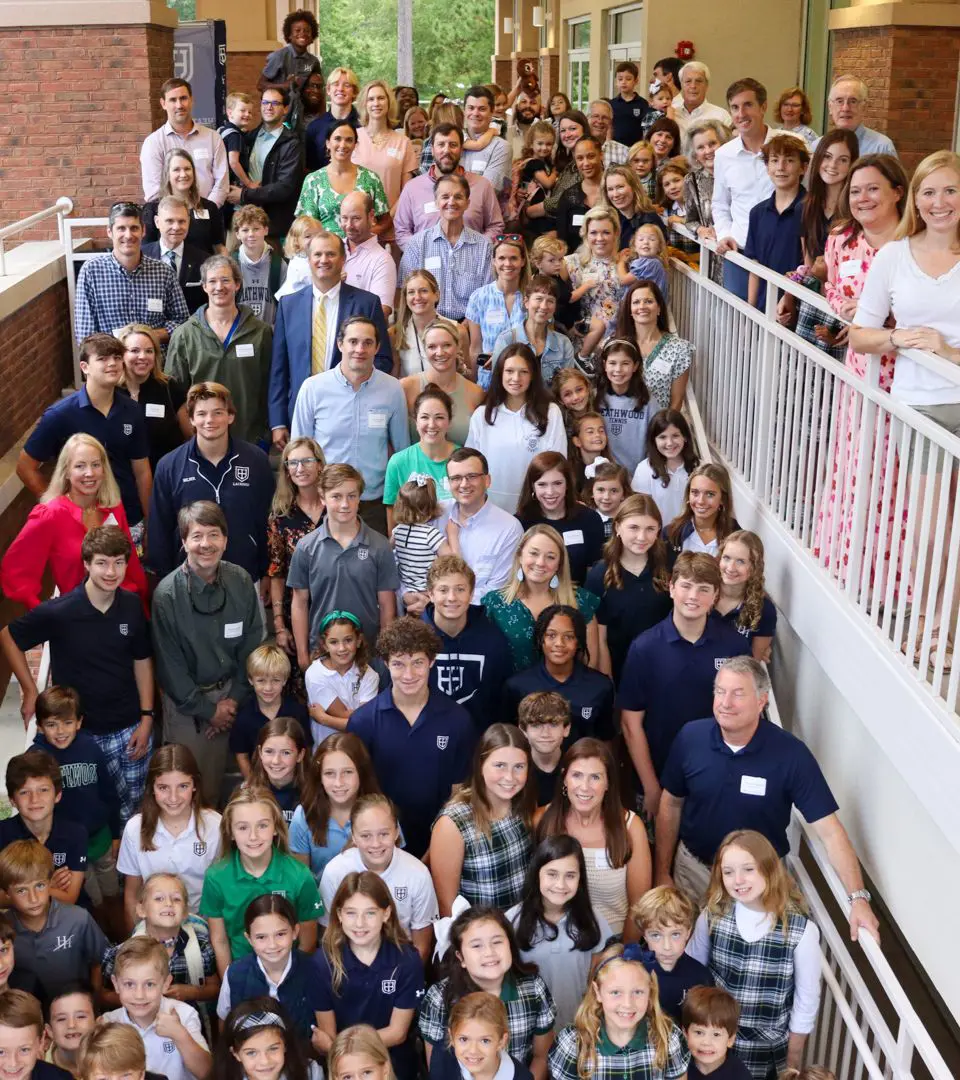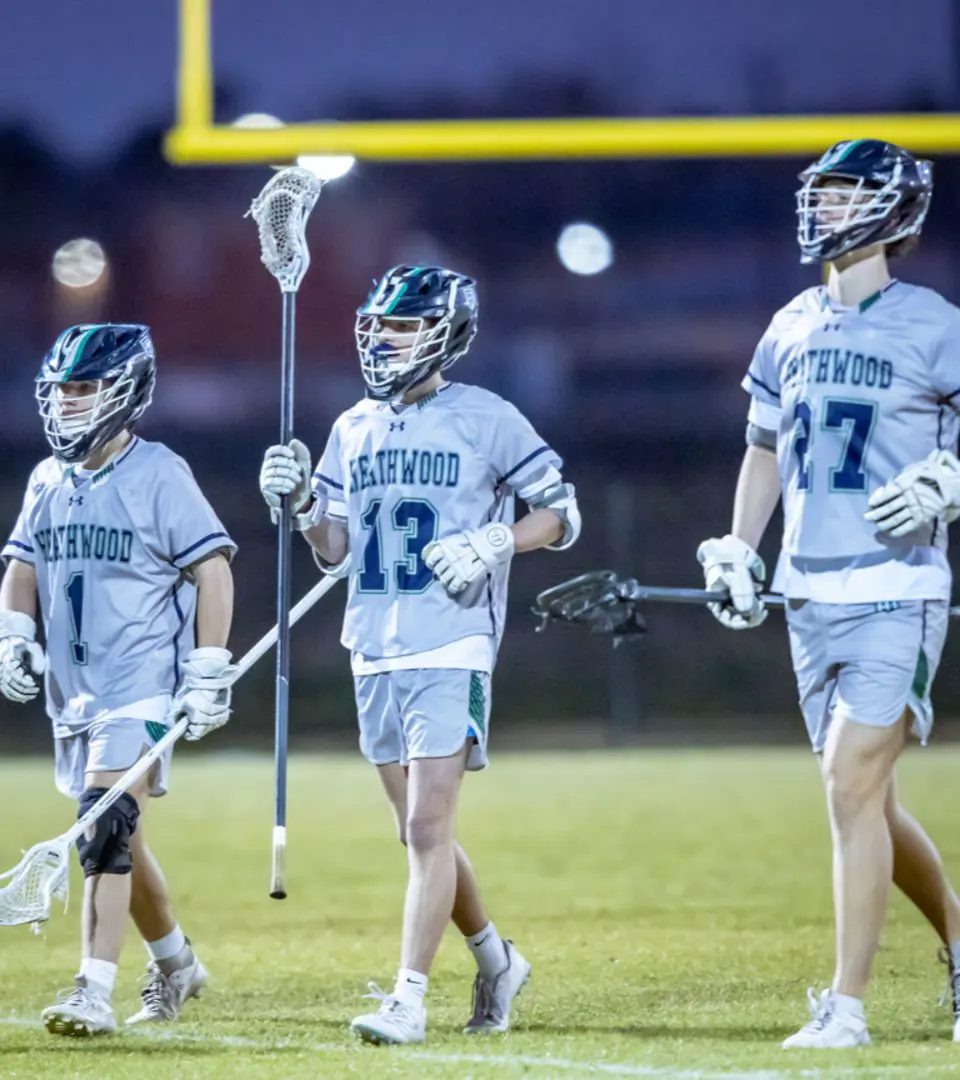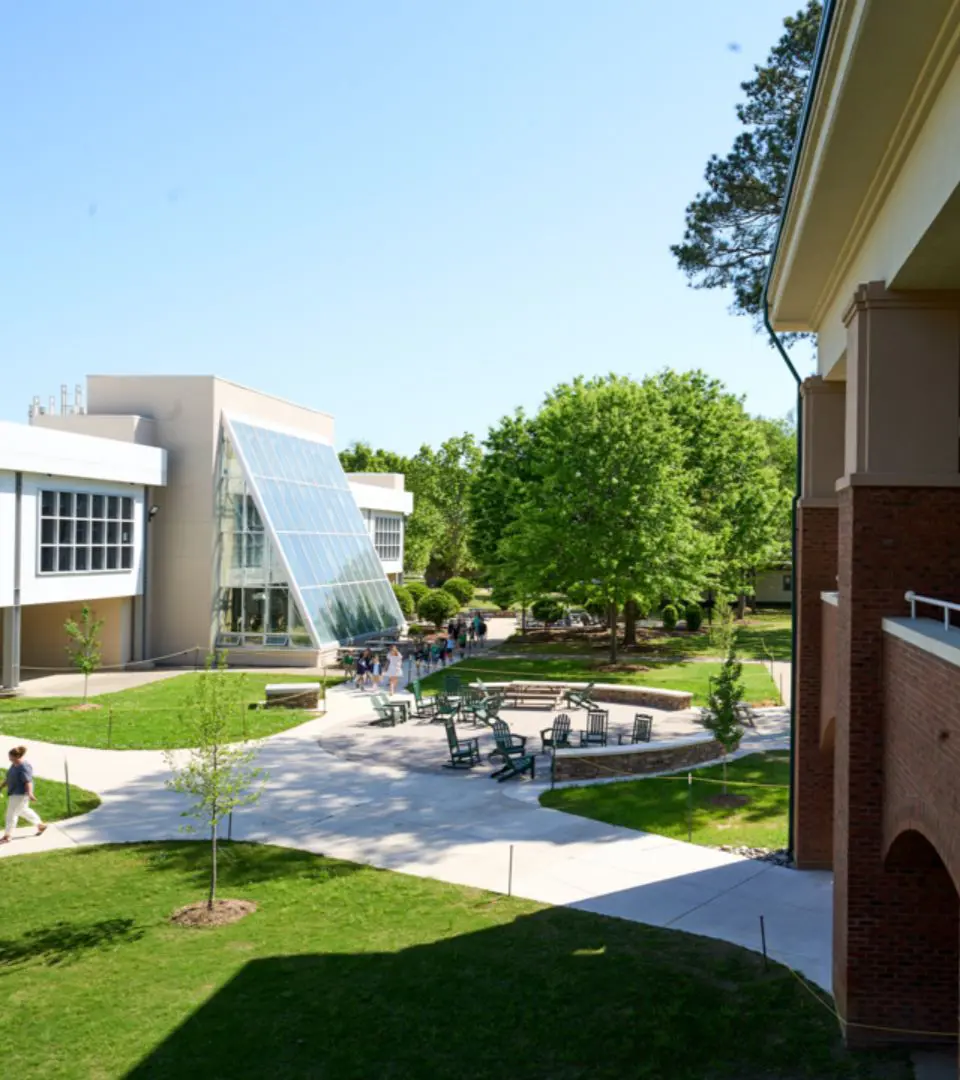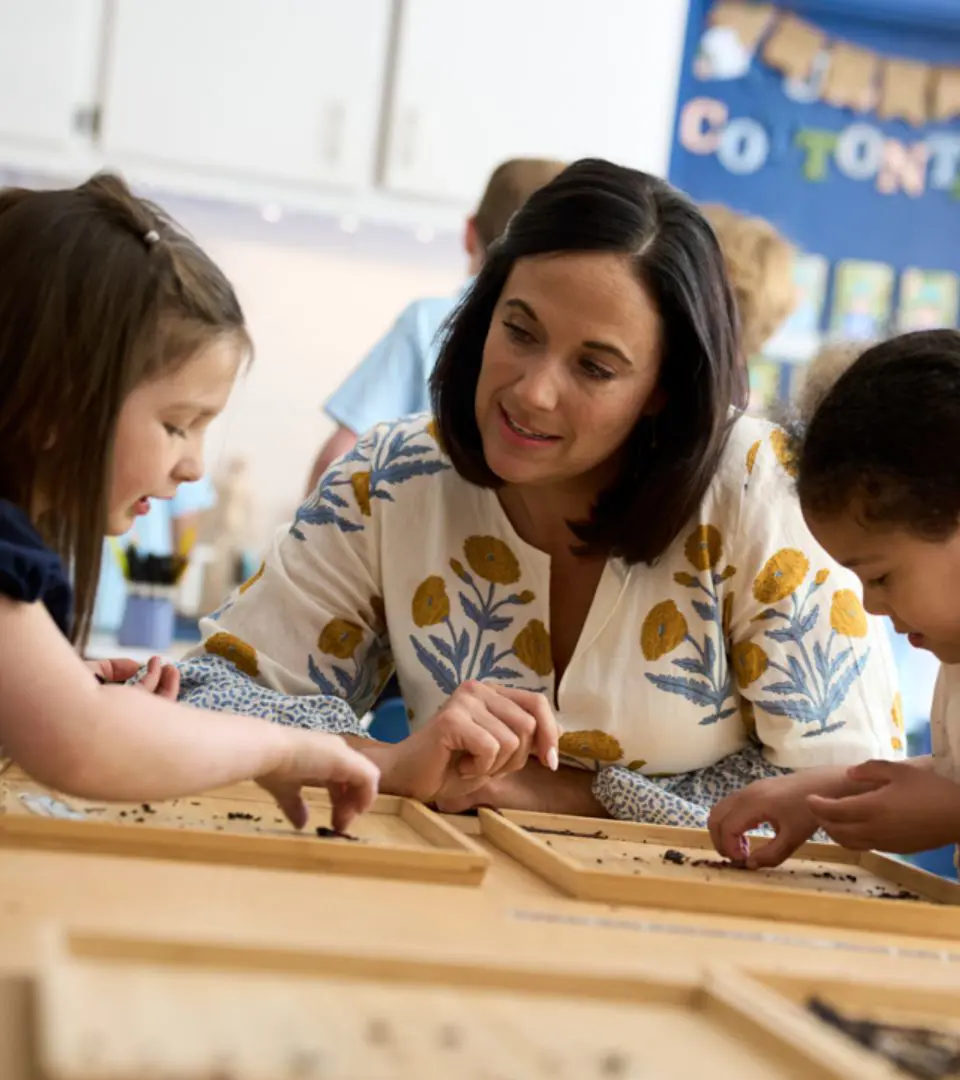Heathwood Through The Decades
In addition to providing an overview of significant events in each decade of the school's history, this page includes links to extensive historical archives, including audio files of interviews of past heads of school, alumni, and many other key members of our community as well as a vast collection of images, yearbooks, and other key documents from the school's founding to the present day. Pictures and video clips are on Google Drive and are downloadable.
| 1950s |
|---|
|
Founding and Early Growth: Located in the Heath mansion on Heathwood Circle, Heathwood Hall Episcopal School was started by the Upper Diocese of the Episcopal Church of South Carolina using funds from the 1847 trust of Francis Marion Weston. Purchased the Heath mansion in early 1951 from M.C. Heath’s daughters, Katharine Manning and Elizabeth Coleman. Burwell Manning donated the land for the current campus. Leadership: First headmistress: Susan Robinson. Opened September 10, 1951, with just under 100 students (K–4). Expanded to 6th grade with 150+ students by year three. Mary Anderson became headmistress in 1956–1957. Academics: Classes included music (Ms. Nell Mellichamp) and French (Prof. Maurice Stephan). Added multiple religious classes and Latin by the end of the decade. Campus: Miss Louly Shand’s little red schoolhouse was moved to campus in 1954 for kindergarten classes. Photos: Pictures from the 1950s. |
| 1960s |
|
Leadership: Elsie Lamar became headmistress in 1960, enrollment grew to ~300. Student Life: First student council formed (Scott Belser, president). Community: "Columbia Cooks With Fun and Flavor" published in 1960 — sold 6,000+ copies. Integration: In 1965, first African American students enrolled, including Michael Perry, son of civil rights lawyer Matthew J. Perry Jr. Photos: Pictures from the 1960s; 1969 Yearbook. |
| 1970s |
|
Major Change: Moved to the new campus beside the Congaree River in 1974. Leadership: Headmasters: Rev. Richard Nevius (briefly), then Earl Devanny (1972–1977). Jimmy Walker served as interim, then Bob Shirley took over. Milestones: First varsity sports (football, basketball). First SACS accreditation (1976). First senior class graduated (1977). First conference championship in girls basketball (1979). Challenges: Heath mansion demolished in 1975. 1976 levee break caused flooding; classes temporarily moved to churches. Earl Devanny passed away in 1977. Media: Pictures from the 1970s; Scott Devanny audio; Jimmy Walker & Bob Shirley videos |
| 1980s |
|
Expansion: Averyt Early Childhood Learning Center opened in 1981. Smith-Shirley Campus Center opened in 1985 with Belser Auditorium, Poston Library, music rooms, and computer labs. Culture: First play in Belser Auditorium: "My Fair Lady." Added more varsity sports and state championships. Computer labs emphasized early programming. Photos: Pictures from the 1980s; Yearbooks: 1980, 1981, 1982, 1983, 1984, 1985, 1988 |
| 1990s |
|
Facilities: Robinson Center for Math and Science opened in 1996. Programs: PEAK experiential education program founded by Stan Wood in 1997 (climbing, kayaking, diving, stewardship, leadership). Recognition: Won second US Dept. of Education Blue Ribbon Award (1997). Photos: Pictures from the 1990s |
| 2000s |
|
Leadership: Bob Shirley retired; Steve Hickman became Head of School. Facilities: Nord Middle School opened in 2002. Athletic Center completed in 2005. Chapel of the Epiphany opened in 2006 for chapel services, baccalaureates, and weddings. Achievements: Multiple basketball state championships. Photos: 2000-01, 2001-02, 2002-03, 2003-04, 2004-05, 2005-06, 2006-07, 2007-08, 2008-09, 2009-10 |
| 2010s |
|
Facilities: New dining hall opened in 2012. Leadership: Chuck Jones (2009–2011), Interim Michael Eanes (2011–2012), Michael Heath (2012–2015), then Chris Hinchey (2015–present). Enrollment grew to 750+. Events: 2015: Closed for a week due to historic flooding (campus unaffected). Achievements: Athletic state titles in basketball, bowling, track & field. Academic successes in mock trial, student research, drama, and choral awards. Photos: 2010-11, 2011-12, 2012-13, 2013-14, 2014-15, 2015-16, 2016-17, 2017-18, 2018-19, 2019-20 |


